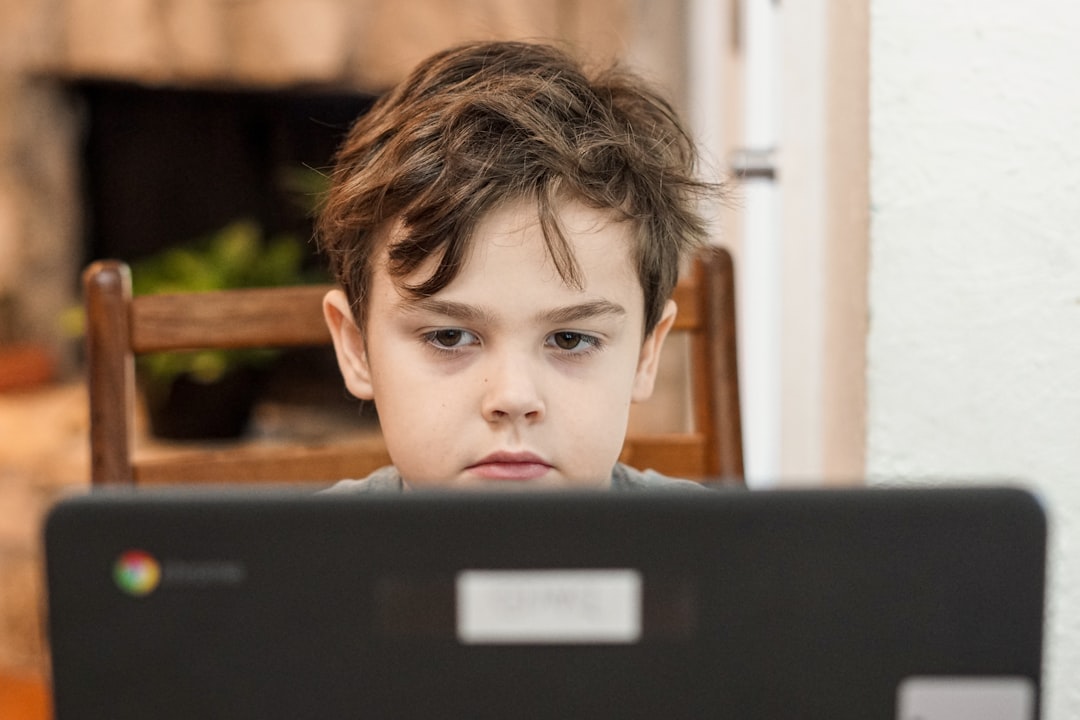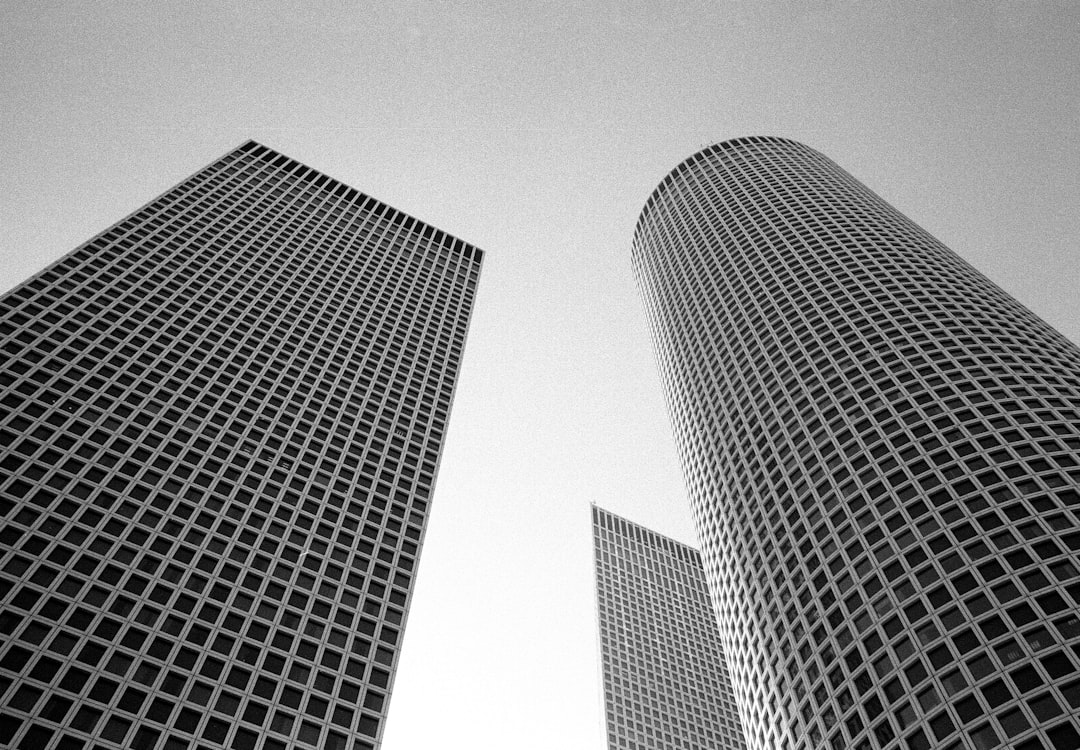What is it about?
Thanks to recent technological advances, we are able to confine light in highly engineered optical cavities that enhance the light-matter interaction. These cavities grant access to otherwise elusive quantum mechanical effects, allow enhanced spectroscopic measurements and the realization of efficient classical and quantum light devices. An alternative to highly engineered photonic band-gap devices is represented by non-periodic bio-inspired systems that are characterized by the presence of disordered and/or aperiodic order. Aperiodic systems have been object of intensive research activities in the last decade, showing their potential in sensing, light emission, photo-detection, non-linear optics, and imaging.
Featured Image

Photo by Sigmund on Unsplash
Why is it important?
In our work, we demonstrate, for the first time, that aperiodic nano-photonic devices allow observing cavity quantum electrodynamics effects with strong modifications of the decay dynamics of quantum dot emitters. Our experimental work, combined with rigorous multiple scattering theory, shows that aperiodic systems represent a novel platform for on-chip devices in III-V materials, at near-infrared wavelengths, thus opening alternative routes for enhancing the light-matter interaction in photonic devices that also support optical angular momentum control of the emitted light.
Perspectives
We believe that our results - that merge fundamental wave physics of aperiodic structures and cavity quantum electrodynamics and highly-sensitive imaging on a chip - represent transformative advances in the field of integrated quantum photonics, with potential applications to quantum devices, nano-lasers, non-linear optics and sensing.
Dr Luca Sapienza
University of Glasgow
Read the Original
This page is a summary of: Cavity-enhanced light–matter interaction in Vogel-spiral devices as a platform for quantum photonics, Applied Physics Letters, January 2021, American Institute of Physics,
DOI: 10.1063/5.0034984.
You can read the full text:
Resources
Contributors
The following have contributed to this page










